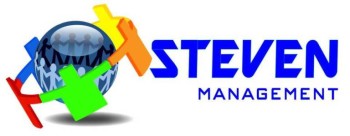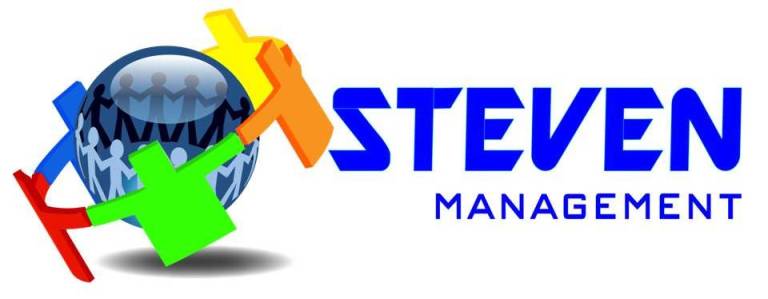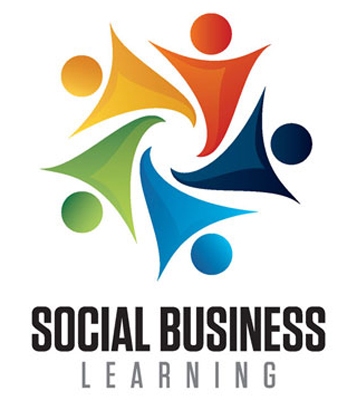What makes a logo not just creative, but strong, successful, and (most importantly) memorable? What makes one logo potentially better than another? How do you narrow down your top choices in a logo design to a front-runner when different people are responding to different aesthetics?
An effective logo is distinctive, appropriate, practical, graphic, simple in form and conveys your intended message. In its simplest form, a logo is there to identify. But to do this effectively it must follow the basic principles of logo design.
Here are the important things we consider when designing your logo.
A logo must be simple. A simple logo design allows for easy recognition and allows the logo to be versatile and memorable. Effective logos feature something unexpected or unique without being overdrawn. Too tricky or too detailed and you risk losing your audience before they even get the message. Or they could associate your logo (and thus your brand) with being fussy or complicated.
Simplicity is one of the hardest things to achieve and requires the most work, which is the inverse of what most clients expect. In designing your logo, we often employ a subtractive technique. In other words, if you like the concept, can the same idea be expressed with even fewer lines, items, etc? The goal is to remove everything unnecessarily stylistic, over embellishment, or anything that is not essential to communicating the brand (idea).

Logos are about visibility in the clutter of the marketplace and being distinctly different from our competitors. That doesn’t mean that the logo has to be such a stretch or game-changer as to be unlike anything in the world, but it does need some level of distinctiveness.
When building your a logo, we deal in a pattern language with logo symbolism, form, typography, and color. While it’s nearly impossible to be “totally original”, we constantly try to develop new takes on, and interpretations of, meaningful ideas. It’s more important to be different within your competitors (industry, category, or geographic region) than the brand universe at large.

Anything that engages a viewer’s brain and makes them think about it typically improves recall, as long as the “a-ha” is relatively accessible and relevant. This memorability will likely be a combination of the logo mark, the name, the typography, and the color scheme, rather than one single element.
The idea is to create something timeless and inclusive enough that you can absorb minor shifts and delay a strategic overhaul until it’s truly necessitated by either outside or inside forces.
A logo must be versatile. An effective logo should be able to work across a variety of mediums and applications.
A logo must be appropriate. How you position the logo should be appropriate for its intended purpose
A logo must be Customer-focused. Will the logo appeal to your target customers; both current and future? This is probably the biggest hurdle for most people to overcome. You are not your customer. Your “likes” are not necessarily theirs. So it’s important to answer critical questions: Who are they? Does it speak to their interests or needs? Is it accessible to them? How universal is the concept? Could it create confusion or be difficult to understand? Was it designed for internal, rather than external needs?

Does it reveal something about the nature of our company, service, or product? Is it descriptive? This doesn’t mean it has to be literal. In fact, in most cases you want to avoid being overly literal. But can it be seen in the context of your industry, your client base, and your value proposition?
A logo must show your credibility. Does it communicate your quality, expertise, and trustworthiness?
People have automatic expectations and assumptions of certain types of businesses. You need to project something that’s credible. Chasing something that’s too trendy or fanciful may hurt your perception of reliability or credibility. Remember that much of brand perception is about trust. If this logo is someone’s first introduction to your company, does it inspire the trust you want? Credibility and relevancy vary quite a bit by industry. What might be totally acceptable for a hair salon might not play well for a bank, no matter how creative or nontraditional the bank’s clientele.
This doesn’t mean you can’t stretch people’s stereotypes of your industry a bit, in fact that can be a very useful tool for distinguishing your brand.

This is something that isn’t always included in criteria lists, but which I look for in my own work and admire in others’ work. You could argue that it’s more of an ideal target than a “must have.” The ultimate goal is for a logo to have a common, clear, and unifying interpretation, but also additional layers of meaning or symbolism that emerge over time as people experience the brand or see repetition of the logo.
Having said that, we need to temper our objective here with the understanding that some shapes, the some colors, and some words will have different meanings to people in different cultures. For example, in the Western world, white is for weddings and represents purity. In Asian culture, white is for death and morning.
Having a practical list of general objective criteria plus a list of your specific business criteria keeps group discussions from devolving solely into whims, personal esthetics, immovable positions, or even personal attacks. (Yes, it happens.)
![check-mark]() Logo Design Checklist
Logo Design Checklist
Here is a simple Checklist of the questions we will ask you when beginning the design of your logo
1. Is the logo for the company or a product?
2. What is the overall mood of the company?
- Playful?
- Serious?
- Ultra-professional?
3. Should the logo reflect the mood of the company or is it stand-alone?
4. Do you envision something techy or more organic?
5. Any colors you have in mind?
6. What is the primary product of the company?
7. What are the demographics of your customers?
8. Who is your competition?
9. Where will the logo appear on a product?
- Letterhead?
- Business cards?
- Television?
- All of the above?
10. What is the purpose of the logo?
I know that last question seems a little weird. I often even get some blank stares when I ask a client what the purpose of a logo is. After all, every client knows the purpose of a logo is to be as famous as McDonalds! But. it needs to be answered.
Here are just a few of our recent logo Designs.


















